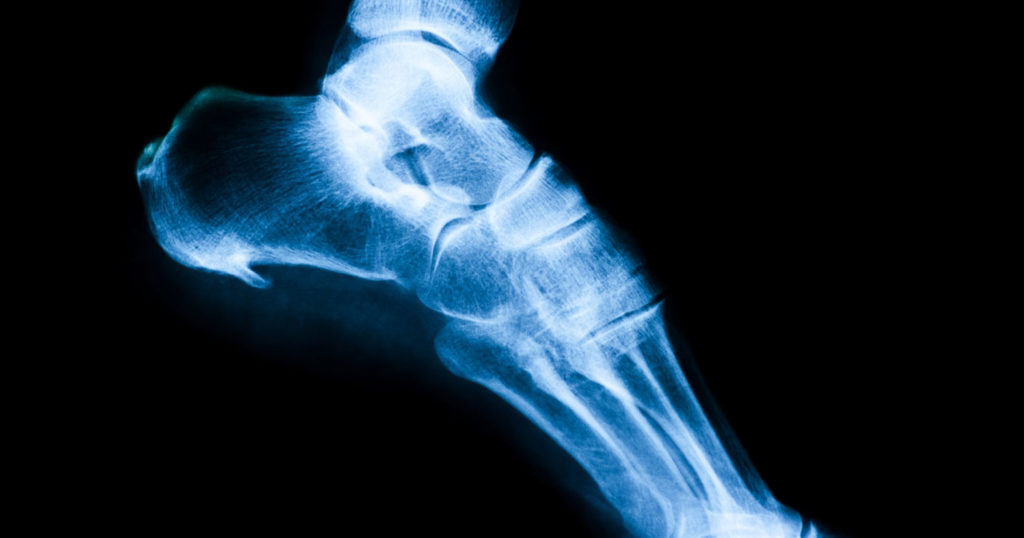Heel Spurs, Common And Potentially Painful
A heel spur (or an osteophyte) is a small bony growth on the back or underside of the heel. Over a long period of time, calcium deposits can build on the underside of the heel bone and form a little spur, which is visible on Xray. Heel spurs are very common and can often be quite painful, but luckily there is plenty that can be done to help manage your pain!
Why do Heel Spurs occur?
Heel osteophytes are an adaptive change within the foot, mostly associated with the forces associated with walking and running. They can be a side effect of many heel conditions, mostly arising from excess stress through the heel bone.
Common causes include:- Plantar fasciitis – 70% of people with plantar fasciitis will also have a heel spur.
- Strains on foot muscles, ligaments and tendons
- Repeated tearing of the membrane covering the heel bone.
- High levels of activity, including running and jumping
What are the symptoms of Heel Spurs?
For the majority of the population, heel osteophytes will be asymptomatic (not painful). In fact, most people over the age of 60 have heel spurs with no pain whatsoever. Although for those who do experience symptoms, it can be painful and often quite debilitating!
Common symptoms include:- Pain, inflammation and swelling at the front of your heel
- Can be warm to touch
- May include symptoms in the arch of your foot
What can a podiatrist help treat heel pain?
Generally the recommended treatment of heel spurs is to reduce your physical activity level to allow a period of recovery. On top of this, there are plenty of possible treatment options to help manage symptoms:
- RICE (Rest, Ice, Compression, Elevation) Strengthening and stretching exercises to build resilience and relax the surrounding tissues
- Orthotic therapy
- Footwear recommendations
- Strapping and taping
- Shockwave Therapy
- Exercise/ activity education
Many cases of heel spurs can be managed with a period of reduced activity and appropriate footwear. This coupled with an orthotic prescription to manage the biomechanics, and exercise therapy to build strength, the likelihood of recurrence can be significantly reduced.
If you think you may be experiencing pain caused by heel spurs, make sure you book an appointment with your Movement Centre podiatrist for an assessment and diagnosis of your pain. We are experts with all conditions of the foot and lower leg, and will happily get you back on your feet pain free!



